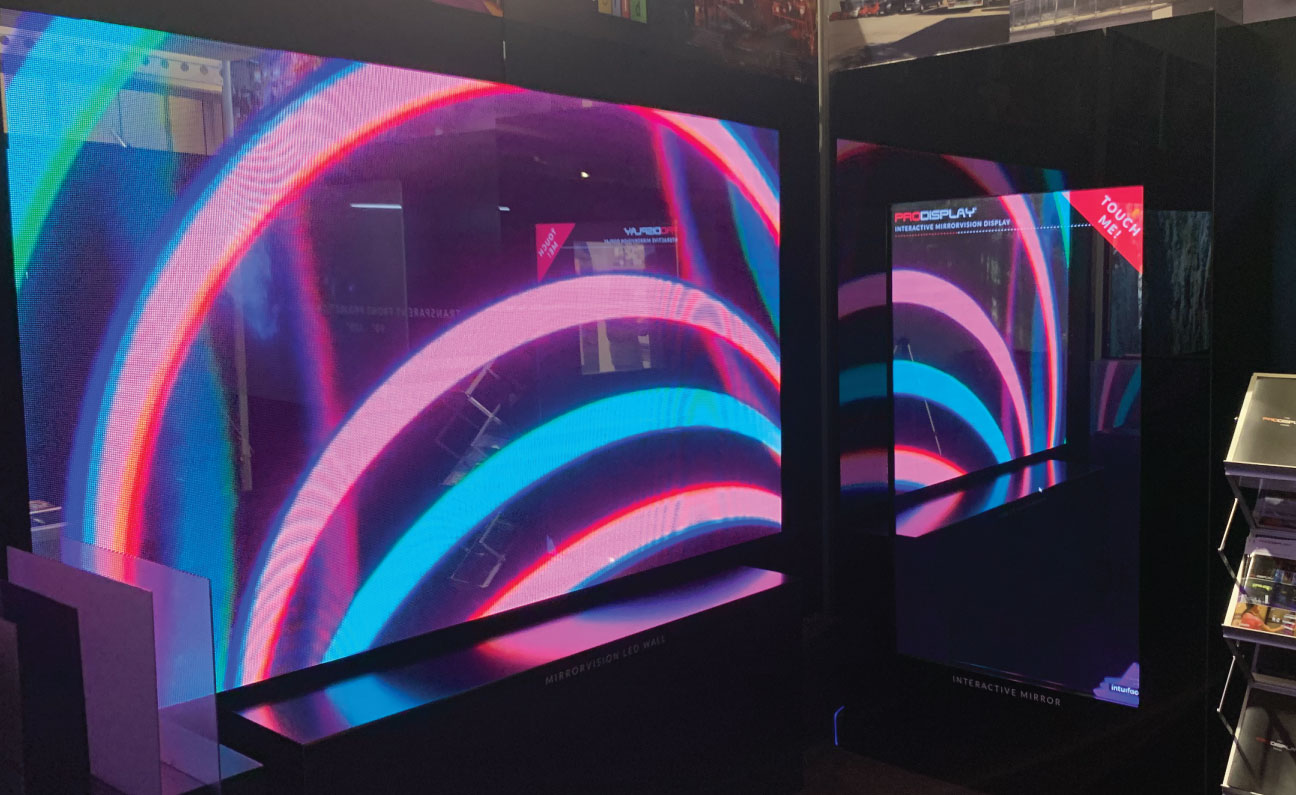A Thorough Analysis of Various LED Display Wall Techniques and Their Uses
A Thorough Analysis of Various LED Display Wall Techniques and Their Uses
Blog Article
LED video screens have become increasingly popular in different settings, such as concerts, sports competitions, and corporate presentations. These large large displays are made up of numerous individual Light Emitting Diode modules which work together to create a cohesive unified visual. There are multiple kinds of LED video wall technologies available, every with its own characteristics as well as advantages. Grasping these technologies technologies can help companies and organizations choose the right solution for their specific needs.
A frequent kind of LED display screen solution is the direct view LED. Such solution uses individual Light Emitting Diode units that are arranged near together to create a large screen. Directly viewed LED walls are recognized for their elevated luminosity and vibrant hues, which makes them ideal for outdoor activities and brightly lit settings. They also have a broad viewing angle, allowing indicating that people can see the display distinctly at different positions. Such renders directly viewed LED walls a popular option for sports arenas and outdoor festivals.
A different kind of LED video wall technology is the LED-backlit Liquid Crystal Display. This solution merges traditional LCD screens and Light Emitting Diode illumination for improved luminosity as well as hue accuracy. LED illuminated LCDs are commonly utilized in interior settings, including shopping malls as well as meeting rooms. These displays provide excellent image clarity and are generally more cost-effective than directly viewed Light Emitting Diode screens. Nonetheless, they may often perform as effectively in bright settings, as the illumination can sometimes dull the colors.
Another thirdly choice is the OLED video screen. Organic Light Related Site Emitting Diode technology offers superior differentiation and color depth compared to alternative types of displays. Every pixel in an OLED screen produces its individual light, allowing for genuine dark tones and vibrant hues. Such renders OLED video walls particularly appealing for applications that demand premium images, including gallery exhibitions or high-end retail stores. However, OLED solution can be costlier costly while may often be as luminous as directly viewed Light Emitting Diode screens, rendering it not suitable for outdoor use.
In addition to these options, various also various applications for Light Emitting Diode display walls. These displays can be utilized for promotion, entertainment, and information presentation. For instance, businesses commonly utilize Light Emitting Diode video walls for electronic advertising to attract customers and promote goods. In entertainment, these displays enhance the sight encounter at concerts and gatherings, providing dynamic backdrops as well as engaging visuals. Within corporate settings, Light Emitting Diode display walls can be used for demonstrations, visual conferencing, and educational programs, helping to communicate data through a aesthetically attractive way.
In conclusion, Light Emitting Diode video walls are available in various types, each having its unique advantages as well as uses. Direct view Light Emitting Diode screens are great for outdoor applications, whereas LED illuminated LCDs are more suitable for indoor environments. OLED display walls offer exceptional visual quality yet may be at a higher price. Understanding these variations can help entities to make knowledgeable choices about the best type of Light Emitting Diode video wall most meets their requirements, whether for advertising, amusement, or business use.